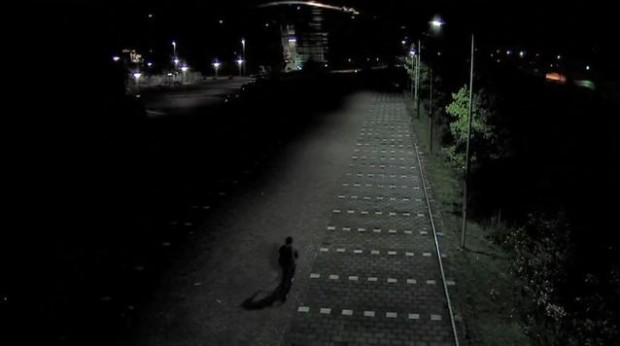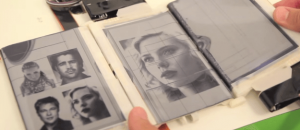Believe it or not, streetlights use a lot of energy. It’s a shame too, because late at night when no one is walking the streets or no one needs them they still burn through resources. They’re actually a huge source of C02 emissions, about 40 million tons are released every year. That’s the equivalent of 20 million cars emitting the same toxins. It’s safe to say, the system needs to be optimized better.
Europe apparently spends $13 billion dollars powering streetlamps, which comes out to 40 percent of their total energy costs for the year. That’s ridiculous when you think about it. Sure, we need lights to see where we are going, but I’m willing to bet at least some of those lights are on at unnecessary times.
Thanks to a system called Tvilight, we may yet see streetlights that only illuminate as needed. Thanks to an integrated plug-and-play wireless sensor, the lights are able to brighten as individuals pass by. The system can detect people walking, biking or even driving by in vehicles. When no one is around, the lights remain dim in order to conserve energy and C02 production.
If this new system is widely adopted, it will decrease C02 emissions by 80 percent. That’s just one of the benefits of Tvilight though, as there are several.
Each streetlamp is also outfitted with a simple diagnostic system, allowing it to alert a service center that something isn’t working properly. This allows maintenance teams to pinpoint exactly which streetlights are not working, saving valuable time spent seeking them out.
Realistically, these Tvilight lamps could be used for a number of different applications. For example, they could flash red when an ambulance passes by, or even flash blue and red when there’s an emergency. Of course, the technology would need to evolve a little more before some of the more advanced applications took shape, but it’s still very promising.
It’s amazing how much you can conserve by cutting back on small things like streetlamps. It just goes to show how overzealous the human race is when it comes to things like this. It doesn’t take a genius to figure out that streetlamps don’t have to be on all the time at night. It did, however, take this long to develop a system that would conserve energy when passerby are not around.
Of course, there’s little to no mention about when we can expect Tvilight to start cropping up in cities around the world. Let’s hope that changes real soon.
What do you think of the lights? Check out the video below to see them in action.
http://vimeo.com/tvilight/netherlands

 Email article
Email article




